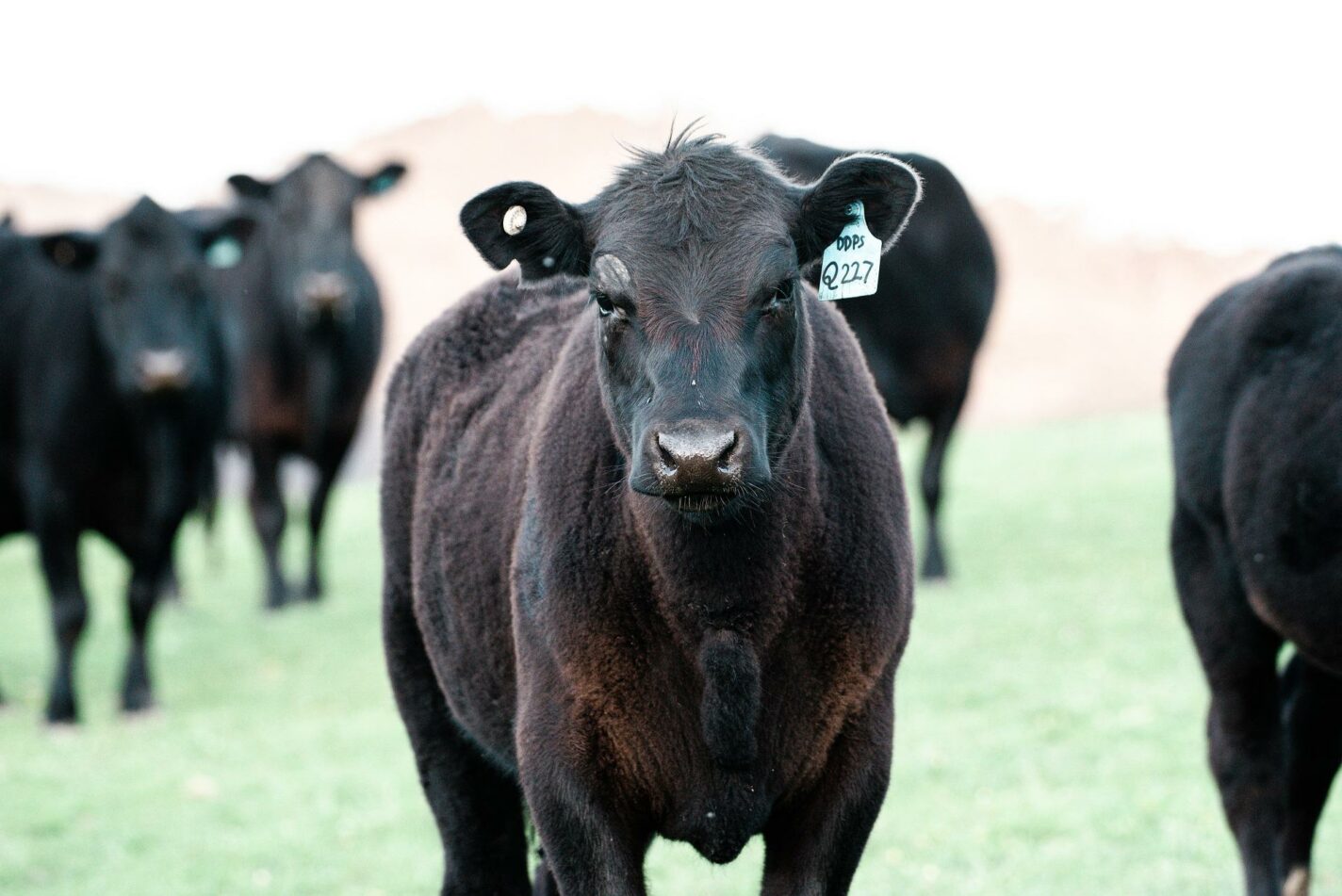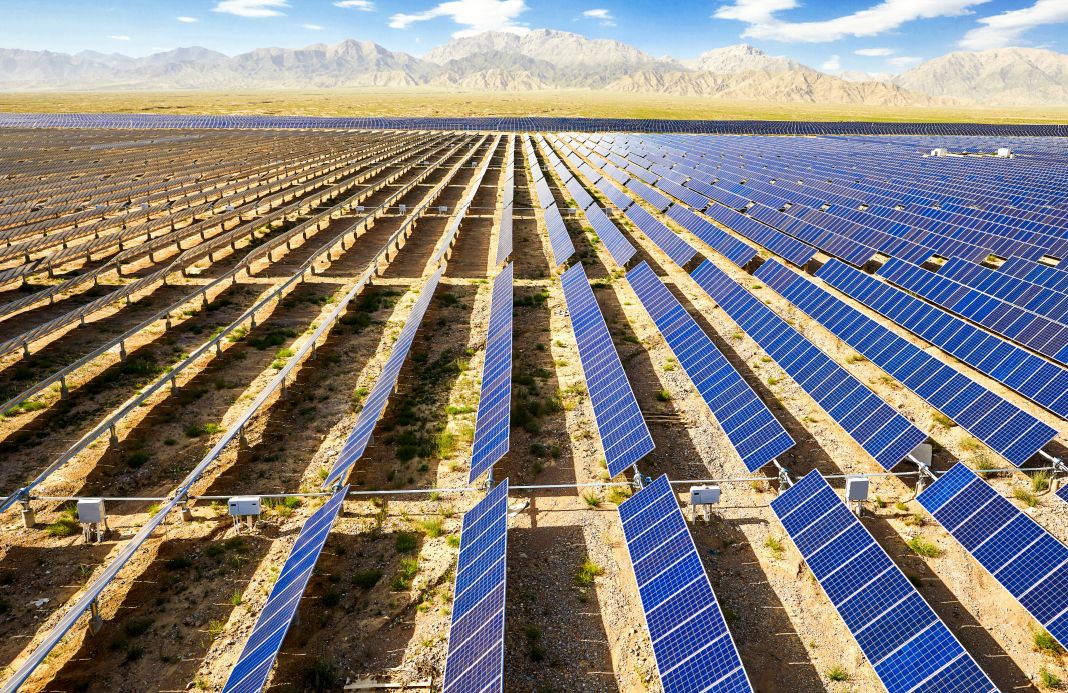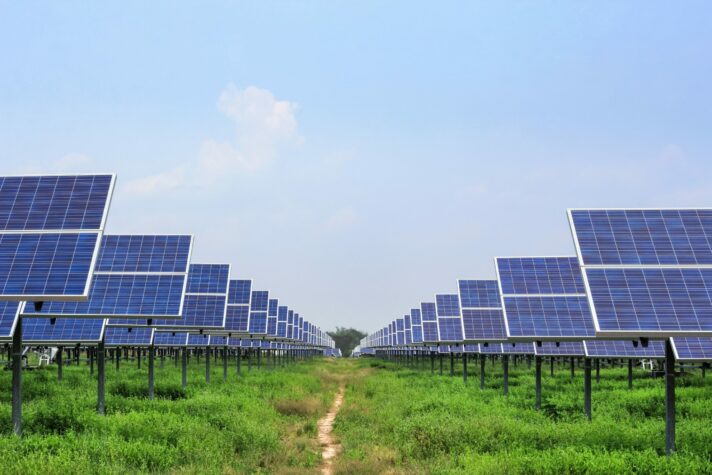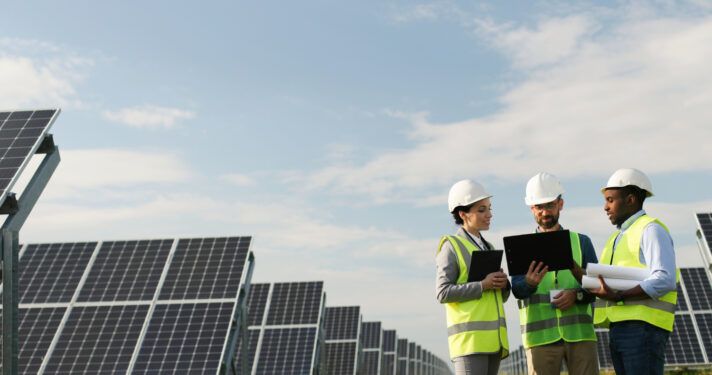By Garrett Gill, VP of Land.
Ranchers across the country are experiencing an evolution, a shift in how people consume meat. Profits are becoming slimmer as consolidation in the meatpacking market is forcing ranchers to accept lower prices for their product. According to the New York Times, “The four largest meatpackers have used a wave of mergers to increase their share of the market from 36% to 85%” since the 1980s.” The cost of livestock feed has increased and drought conditions are trimming margins even further.
The energy industry is undergoing a transition at the same time. Renewable energy generation offers consumers an alternative to the current options available from their electric utility, often reducing energy costs overall. However, solar developers face a challenge in that they do not have enough land to install clean energy infrastructure.
If they work together, the ranching and solar energy industries can help address their greatest challenges, forming a partnership that benefits ranchers and their communities for generations to come.
Pastureland and Solar, A Perfect Match
Ranchers and meat production companies own approximately 654 million acres of pasture/rangeland in the United States. New solar generation projects will require an additional 17 million acres of land to achieve the nation’s clean energy production goals by 2050. The possibility of partnering with ranchers on a broad scale is attractive to solar developers as rangeland is more easily convertible for solar use than other land uses such as timber.
The wide, open spaces are perfect for solar projects and have high energy generation potential where solar resources are strongest. Less time and money are required by the developers to prepare the land for solar arrays. Additionally, this land is often adjacent to transmission lines and high electricity load centers where energy generation is most valuable. Ranchers could be sitting on a remarkable opportunity and not know it.
As little as 500 acres can become a home to a utility-scale solar array that offsets emissions and increases energy independence in the area. Perhaps more importantly from a rancher’s perspective, that solar development is now a source of significant reliable revenue.
A New Income Stream for Ranchers
In an increasingly volatile marketplace, with unreliable income and an unpredictable future, ranchers urgently need to diversify revenue sources. By leasing their land to solar developers, ranchers will gain stable long-term income that helps them hedge against commodity cycles. In addition, the local community will benefit through job creation and boosted tax revenues.
Though utility-scale solar developers typically seek at least 500 acres to build a successful solar array, not all of those acres need to come from a single landowner. Neighbors interested in reaping the financial benefits can band together to lease a number of contiguous land parcels, in excess of 500 acres where possible.
Breaking Down the Revenue Potential
To truly make a difference in ranchers’ lives—and to meaningfully alleviate economic pressures—the additional revenue from the solar partnership must be sizable. The good news is that it is. Specific income varies by acreage, but a minimum of $100,000 annual lease revenue is easily attainable. That is the starting point. Depending on the market, the average annual lease income within the first 10 years of the partnership could be $700 per acre for 1,000 acres, making the average annual income between $650,000 and $750,000 per year. As time passes and land values increase, a rancher could potentially earn over $2 million per year from leasing their rangeland.
Additionally, the solar project will pay for taxes associated with the energy facilities on the leased land. Their goal is to make the process as easy and valuable to landowners as possible.
Meeting Ranchers’ Needs, Addressing their Concerns
Solar developers are not just energy experts, they are land experts. Before any project begins, they carefully assess the pastureland and have extensive conversations with the landowner and with community members. Redeux Energy works to understand ranchers’ needs and ensure they are met throughout the partnership.
A primary concern is the current use—will solar development hinder ranch activities? The answer is no. The solar project and the ranch’s grazing and operations can co-exist without being in competition with one another. Additionally, the solar infrastructure is low to the ground and, as a solid-state power plant, makes nearly no noise.
Naturally, some ranchers also worry about the future life of the land, and what will happen when the lease is up. Solar developers will faithfully reclaim and restore the land to the way it was before they arrived.
Mutual Benefit for Generations
Ranchers and solar developers could be the answer to each other’s largest problems. A mutually beneficial partnership could positively impact the environment and the financial stability of smaller ranches for decades.
Many ranchers dream of keeping their land in the family for generations and transferring wealth–solar project participation can ensure that becomes reality.
Interested in learning more? Contact Redeux Energy today and transform how you use your land.





